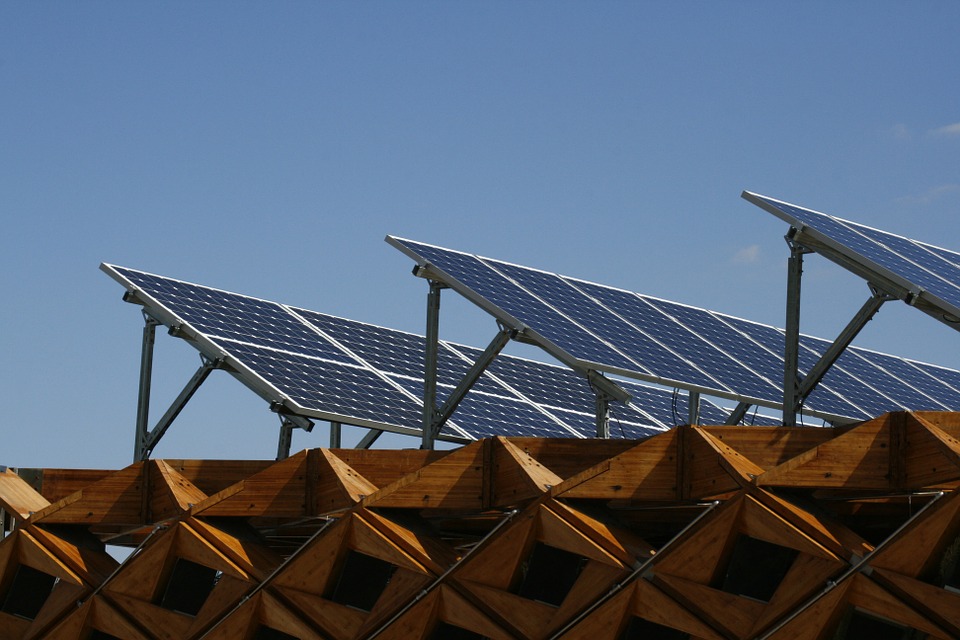
16 May Nine Common Problems with Solar Panels
Over the past few decades, solar panels have become an outstanding investment for many people. They offer a raft of benefits to both commercial properties and residential homes. And since they rely on the sun instead of the grid, they help preserve natural resources and the environment.
Solar panels are pretty low-maintenance, so if you decide to go with a solar power system, you should be able to reap the benefits without much upkeep. That said, however, nothing is foolproof. Problems can develop, so if you ever notice anything amiss with the way your system is functioning, you should act immediately before problems worsen.
Here are the most common problems affecting solar panels:
Delamination and internal corrosion
If moisture finds its way into the panel, it can cause internal corrosion. To avoid this issue, ensure that your panels are keeping out air and water and that all the components of the solar panel are laminated under vacuum pressure.
Electrical issues
Faulty wiring prevents your solar panels from performing well. Loose connections, corrosion, and oxidation may interfere with electricity production. Unless you know what you are doing, or perhaps you are a qualified electrician, don’t try to tamper with the wiring system on your own. In fact, in some countries, if you are not a licensed electrician, tampering with solar panel wiring is an offense. Contact a licensed electrician to have everything checked properly.
Micro-cracks
Micro-cracks are a common issue with solar panels and can compromise the effectiveness of your system. These are tiny cracks on the panel and are hard to notice with your naked eyes. But with time and significant weather changes, the cracks can grow. The cracks mostly occur due to PV module production and thermal and seasonal conditions. They can also result from careless handling during the shipping process. That is why it is important that you hire a trustworthy professional to handle the shipping and installation with the utmost care.
Hot spots
Hot spots are among the most common issues with solar or PV systems. They can degrade the function of your solar panels and even render them irreparable. Hot spots occur when panels get too warm and overload. They are caused by several things, including the accumulation of dirt on the panels. They can also be caused by badly soldered connections, which result in low resistance in the part of the panel that generates power. This problem can lower the performance and lifespan of the solar panels.
PID effect
PID stands for Potential Induced Degradation. It can occur due to the voltage difference between the earthing and the solar panel. When this happens, the primary power circuit ends up producing partial voltage discharge. PID effect may degrade the efficiency and performance of the panels and lower their lifespan. Luckily, a solar professional can help to reverse or prevent the problem.
Birds
Those lovely little birdies tweeting overhead can wreak havoc on solar systems. They can nest beneath the panels and keep the system from doing its job properly. Thus, if you notice birds gathering on your roof, consider bird roofing solutions like spikes, mesh wire, and more.
Snail trails
Another common solar panel problem is known as “snail trail” contamination. The name here comes from the brown lines that show up on your panels, giving the appearance that snails have traversed the surface. Snail trails usually only manifest after a few years and are caused by several factors, including defective silver paste (which is used in the manufacture of the panels). This, in turn, causes moisture, which results in oxidation between the encapsulation material and the silver paste. Also, snail trail contamination may result from microscopic cracks in the PV system. The problem reduces the performance of the solar system and causes it to fail prematurely.
Roof issues
The solar system should not affect the integrity of your roof. Conversely, it can serve as a nice layer of protection for the roof materials below. However, in some cases, the installation can hurt your roof in some way. Make sure that you inspect your roof from time to time, and call your PV system installers if it seems to be compromised in any way.
Inverter problems
Solar panels use an inverter to convert direct current from the sun to alternative current that you now use in your home. An inverter is like a box that is usually installed in the upper floor. Most solar panels can last up to 20 years, but inverters aren’t quite that durable. Solar users report having to change their inverters an average of every 10 to 15 years.
All in all, PV systems can make amazing workhorses, but they’re not perfect. Just like any other apparatuses, they are vulnerable to manufacturing defects and wear and tear. The main thing is that you are attuned to the function of your system and its output and that you report any changes as soon as possible.



